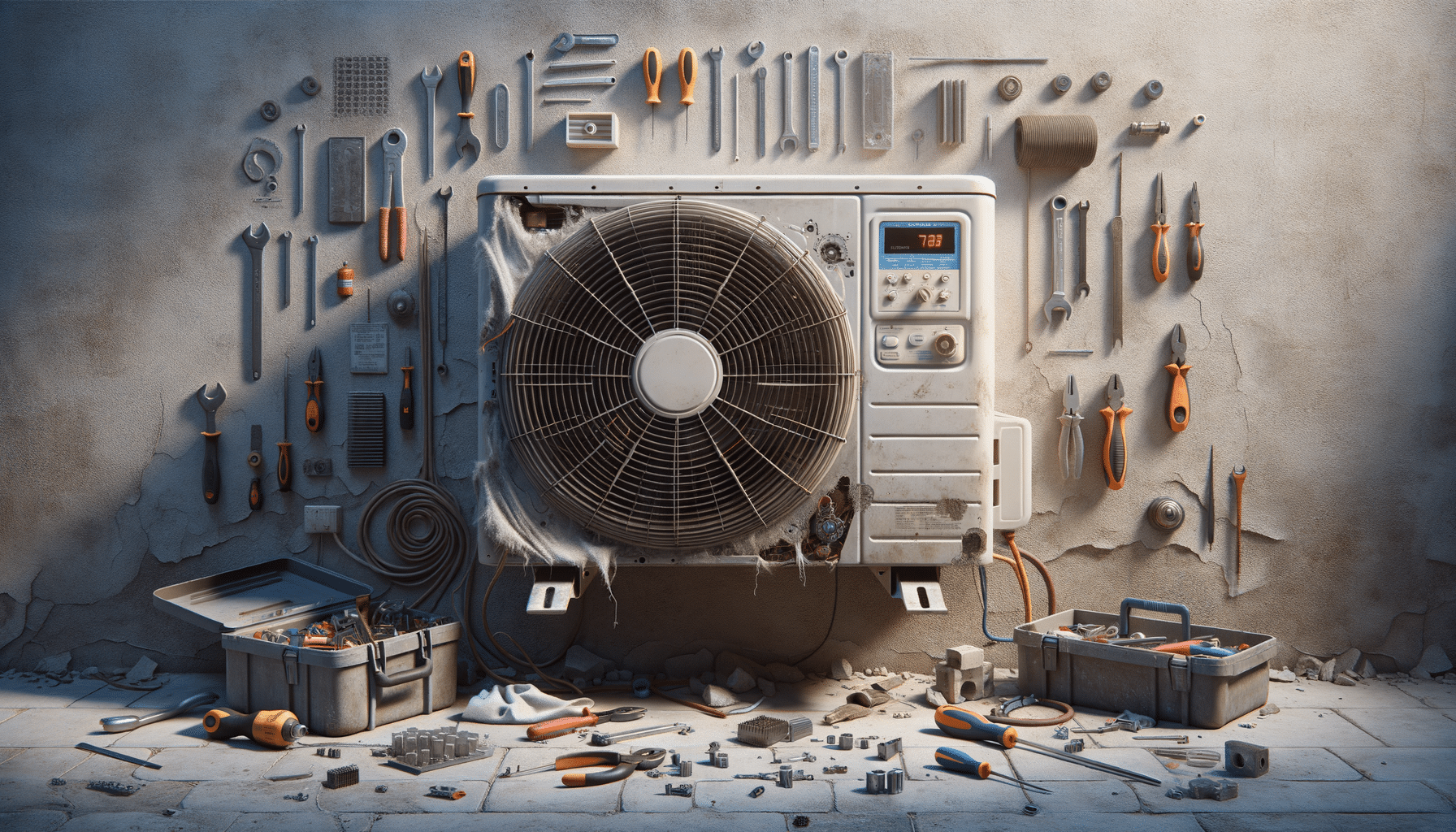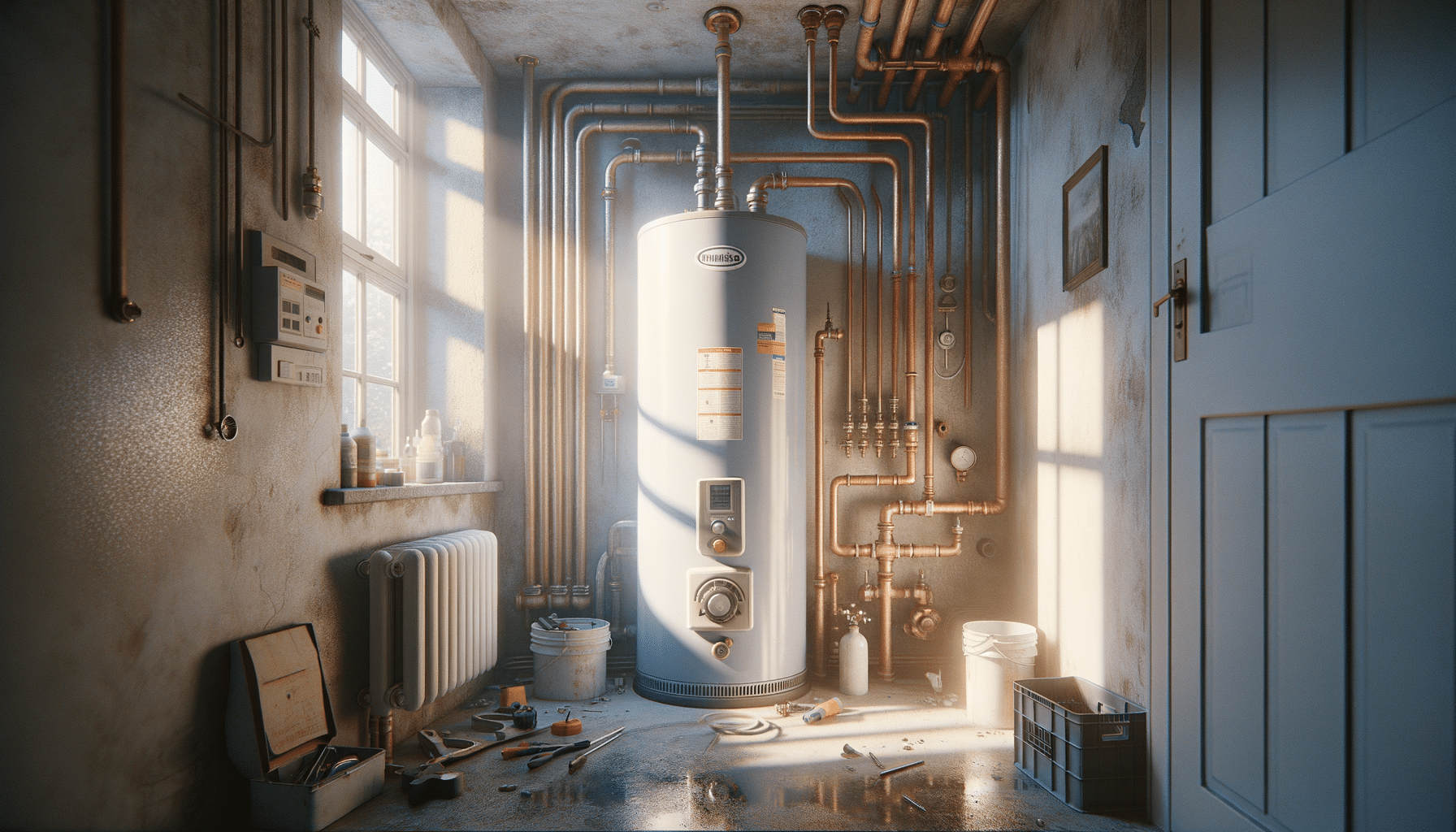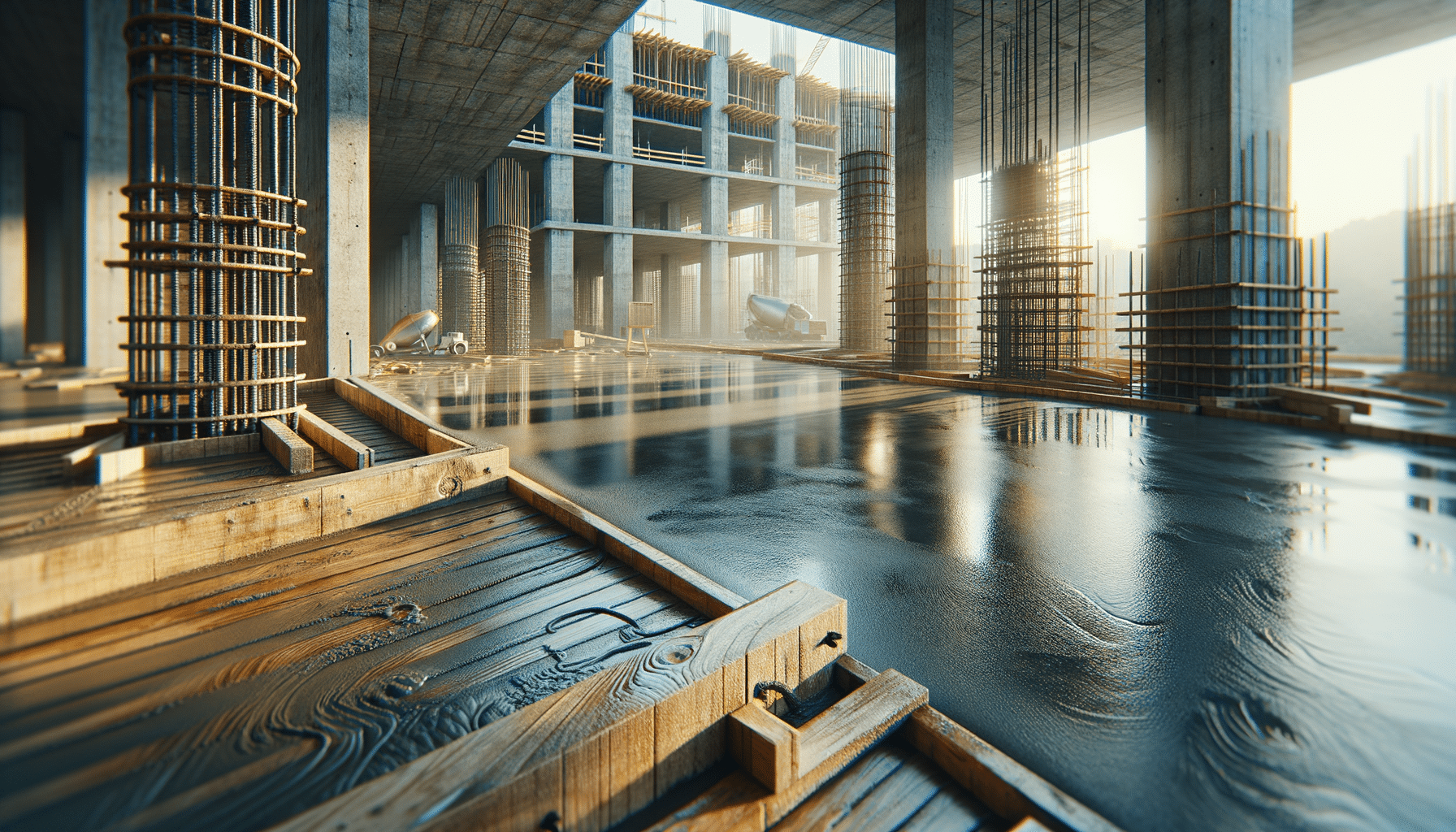
Understanding and Addressing Air Conditioner Repair Needs
Introduction to Air Conditioner Repair
Air conditioning systems are integral components of modern living, providing comfort and maintaining indoor air quality. However, like any mechanical system, they are prone to wear and tear, leading to potential malfunctions. Understanding the basics of air conditioner repair is crucial for homeowners and facility managers alike. This article explores the common issues that affect air conditioners, offers maintenance tips, and emphasizes the importance of timely service to ensure longevity and efficiency.
Common Air Conditioner Issues
Air conditioners, despite their robust construction, can encounter several common issues over time. Among these, refrigerant leaks are a frequent problem that can significantly impact the cooling efficiency. When refrigerant levels drop, the system struggles to maintain the desired temperature, leading to increased energy consumption and higher utility bills. Another prevalent issue is a malfunctioning thermostat, which can cause erratic temperature control or complete system failure.
Additionally, dirty or clogged filters can obstruct airflow, reducing the system’s efficiency and potentially causing the evaporator coil to freeze. Regularly changing or cleaning filters can prevent this problem and ensure optimal performance. Other common issues include electrical control failure, where the compressor and fan controls wear out due to frequent cycling, and drainage problems, especially in humid climates where condensate lines can become clogged.
Addressing these issues promptly is essential. Not only does it prevent further damage, but it also maintains the air conditioner’s efficiency, ensuring a comfortable indoor environment.
Importance of Regular Maintenance
Regular maintenance is the cornerstone of a long-lasting and efficient air conditioning system. Scheduled check-ups can identify potential problems early, reducing the likelihood of unexpected breakdowns. A comprehensive maintenance routine typically includes inspecting and cleaning the coils, checking refrigerant levels, and ensuring all electrical connections are secure.
Maintenance also involves cleaning the condensate drain lines to prevent water damage and mold growth. Technicians often recommend replacing filters every one to three months, depending on usage and environmental factors. This simple step can improve airflow and efficiency, reducing energy costs.
Moreover, regular maintenance can extend the lifespan of the air conditioner, delaying the need for costly replacements. It also ensures that the system operates at peak efficiency, providing consistent comfort and maintaining indoor air quality.
DIY vs. Professional Repair
When it comes to air conditioner repair, homeowners often face the decision of whether to tackle the issue themselves or hire a professional. DIY repairs can be cost-effective for minor issues such as filter changes or clearing clogged drains. However, they require a basic understanding of the system and the right tools.
For more complex issues, such as refrigerant leaks or electrical problems, professional repair is advisable. Certified technicians have the expertise and equipment to diagnose and fix problems efficiently, ensuring the system operates safely and effectively. They can also provide valuable advice on system upgrades or replacements if necessary.
Ultimately, while DIY repairs can save money, they carry the risk of exacerbating the problem if not done correctly. Professional services, although more expensive, offer peace of mind and often come with warranties that guarantee the work performed.
Conclusion: Ensuring Efficient Air Conditioner Performance
Air conditioner repair and maintenance are vital for the longevity and efficiency of the system. By understanding common issues, performing regular maintenance, and knowing when to call a professional, homeowners can ensure their air conditioning units operate smoothly and efficiently. This proactive approach not only enhances comfort but also reduces energy costs and extends the lifespan of the equipment, making it a worthwhile investment in home comfort and efficiency.


